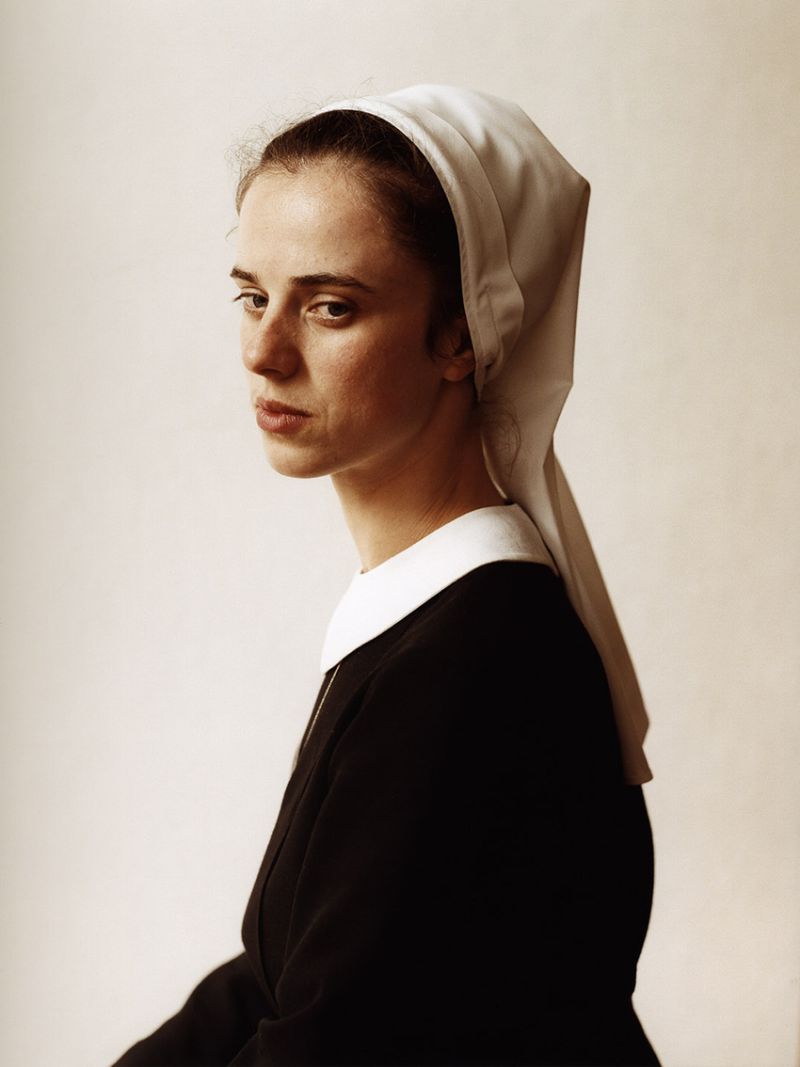Monika Czosnowska
Mediathek Sorted



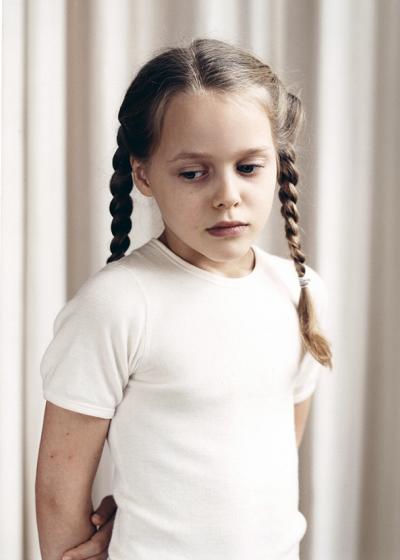
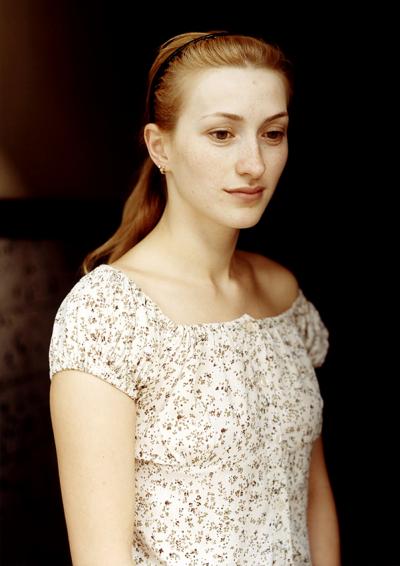

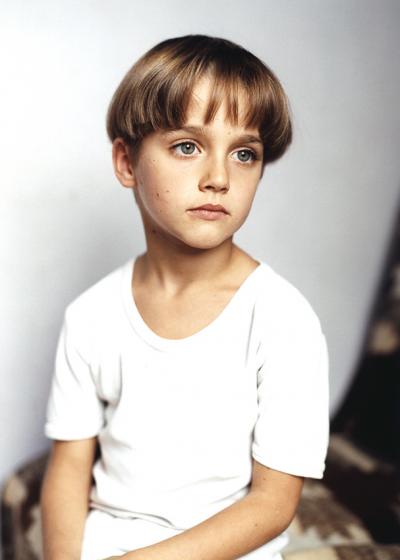
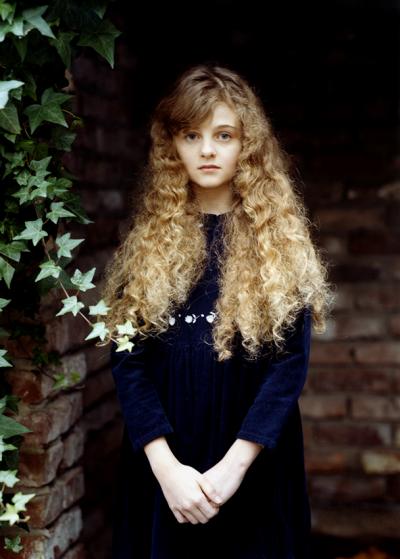
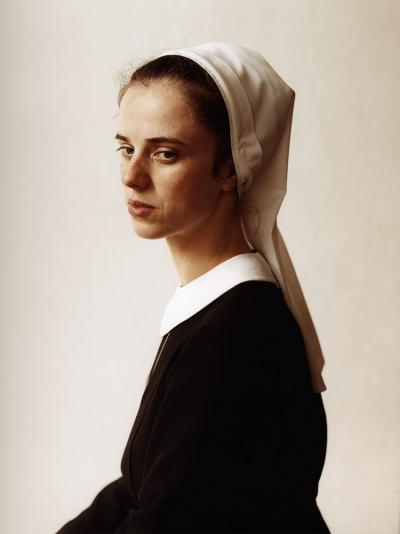
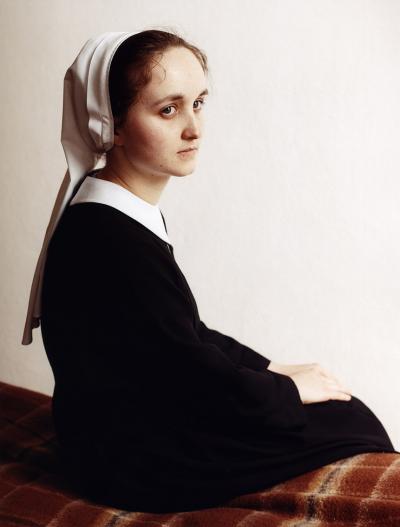

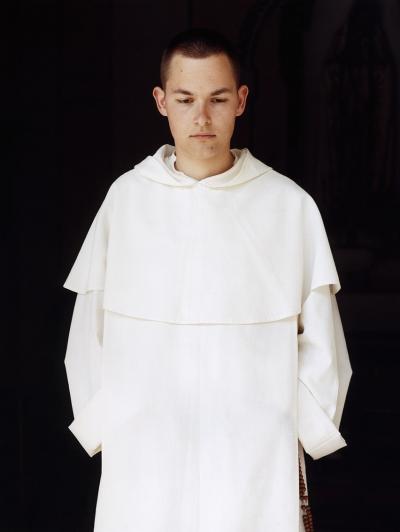

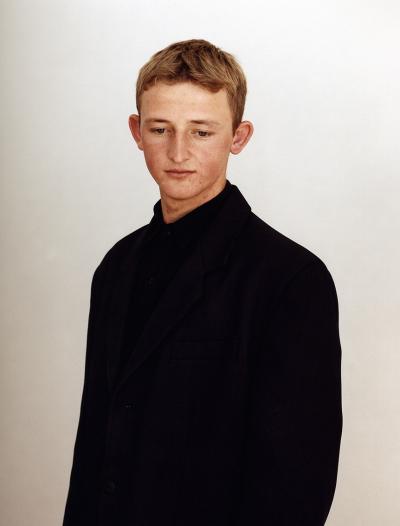
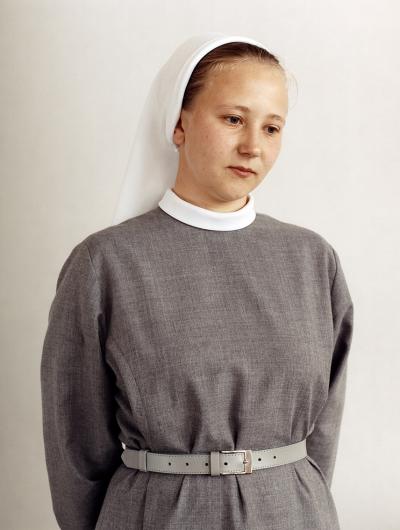
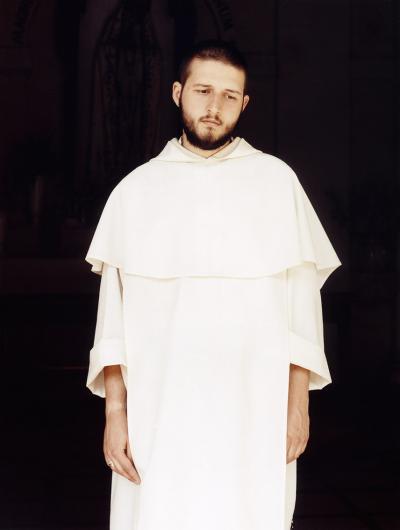
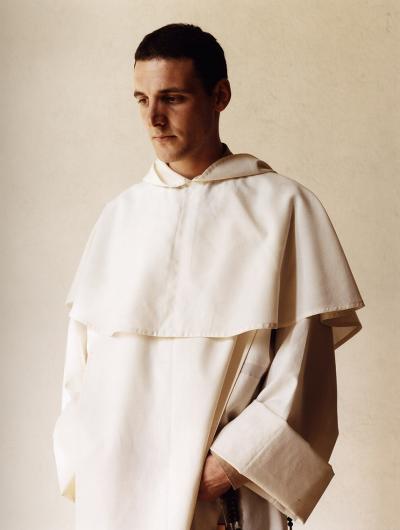
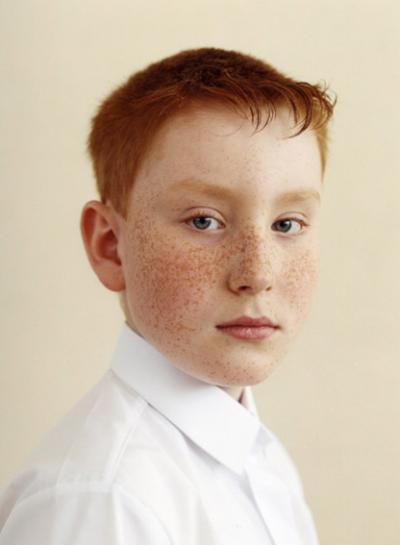



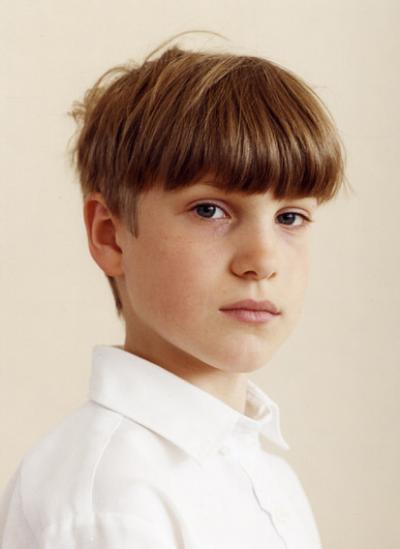
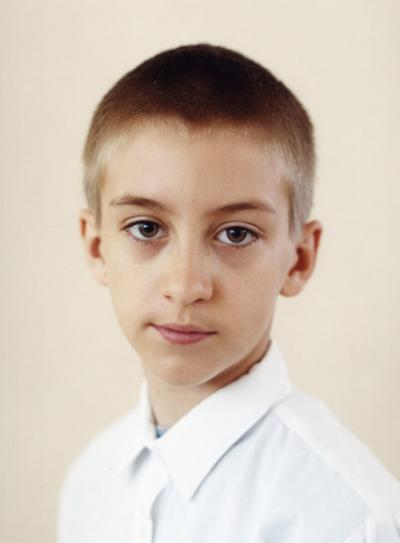
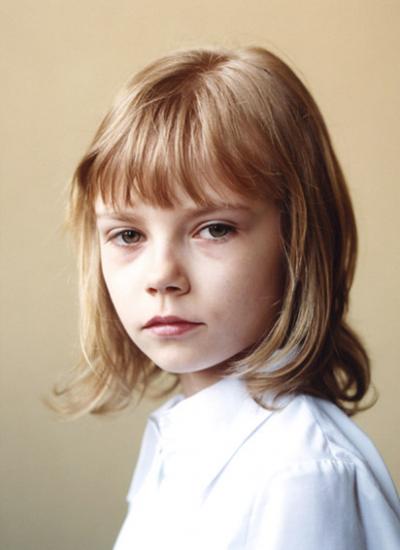
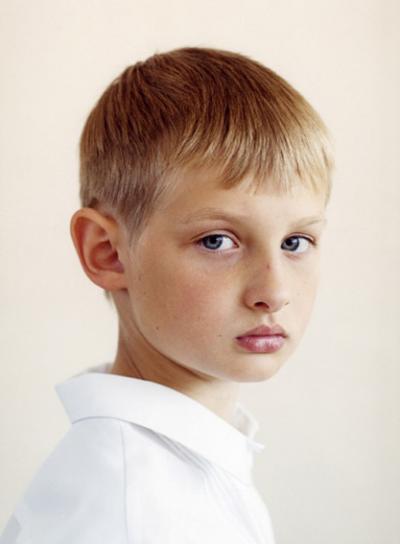
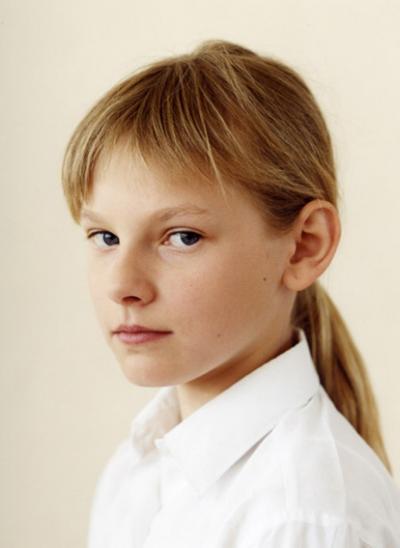
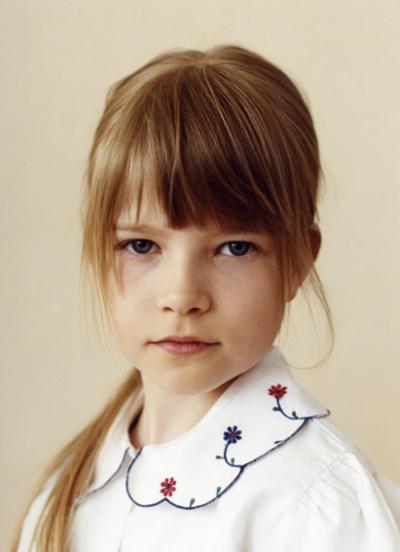
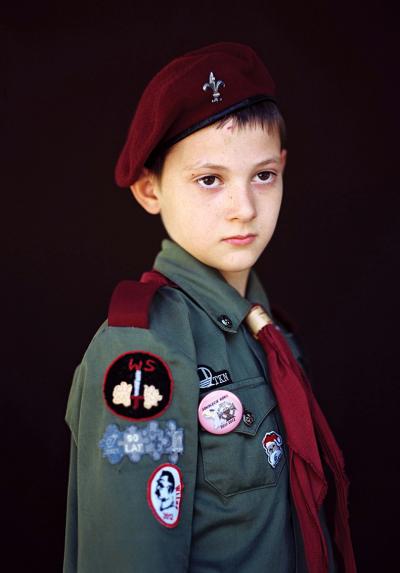
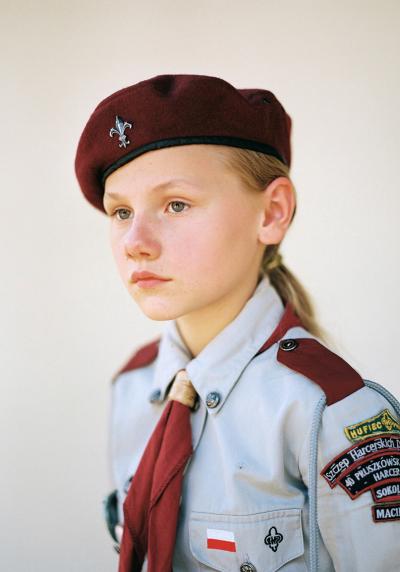


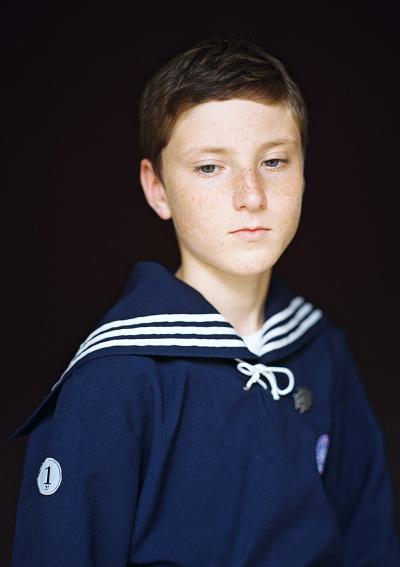

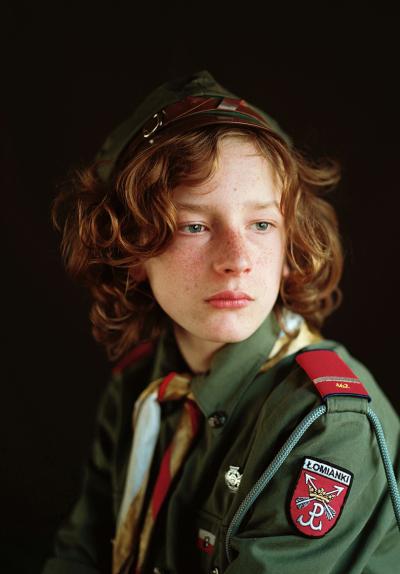
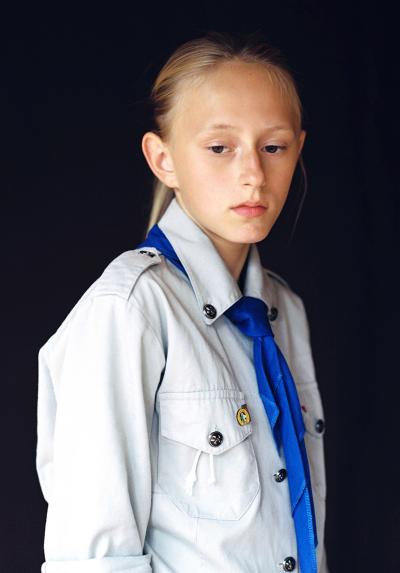
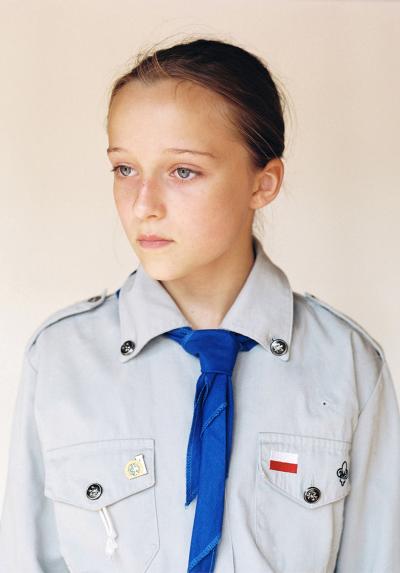

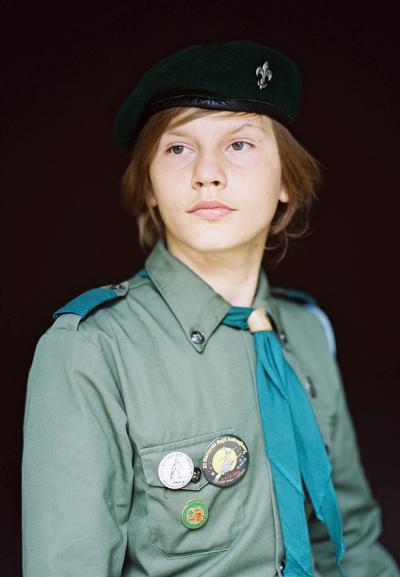
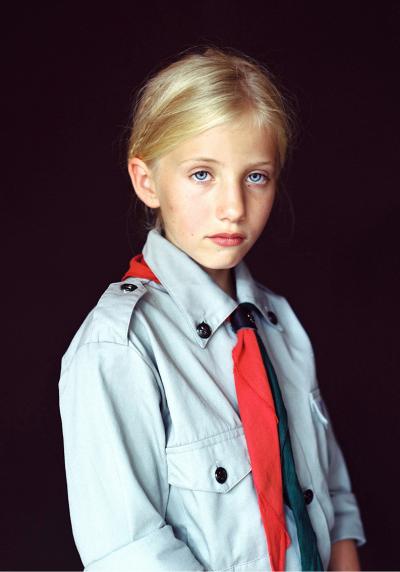
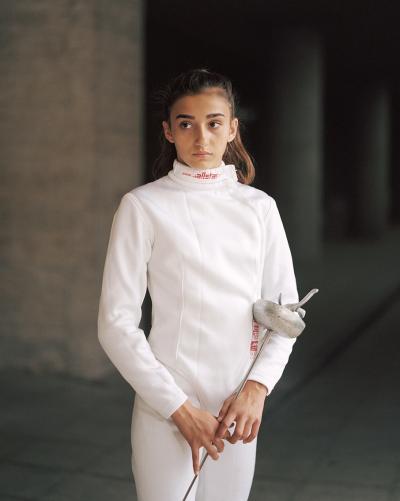





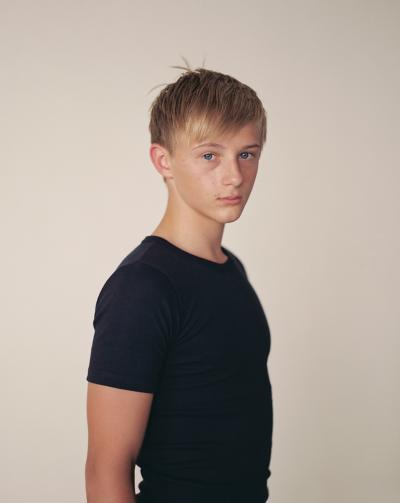



Art historical interpretations always run into trouble when the names of the subjects have been lost or are not mentioned, and there are no indications of any identity like insignia, uniforms or unique facial features. The most famous example is Leonardo da Vinci's portrait of the “Mona Lisa” (“La Gioconda“, ca. 1503/06), where critics are still disputing whether we are being given an idealised image or the portrait of a real person. It is a similar problem with Vermeer's “Girl with a Pearl Earring”: here we do not know whether this is a character study of a paid model, the image of a particularly beautiful woman from the artist's neighbourhood, or a commissioned portrait. These unknown factors are precisely what inspired the author Tracy Chevalier to write a recent novel, and the film director, Peter Webber, to make his multi-award-winning cinema film.[18] The question of whether a work of art is a portrait or simply a human image is still disputed today with regard to a huge number of heads and busts made by the sculptor, Wilhelm Lehmbruck (1881-1919). Scholars are still tying to clear up which works are portraits and which are simply meant to express a specific, general image of humanity.[19]
Czosnowska's photos take up a position between the two. That said, the concept of a “portrait” has a general everyday validity for her, since she always allows the children, young people and young adults in her pictures to see them as reproductions of themselves. They might also have had no objection to their portraits being categorised by art scholars as a generally valid personification of humanity that has little or nothing to do with the time the photos were taken. The boundaries will be moved once more in the course of time. When they are old the persons in the portraits might even be pleased to possess an “authentic” portrait from their childhood. Decades later, when their real names and the circumstances behind the photo have been wiped from people's memories, viewers will be able to take up the discussion once more as to whether these are “portraits” or possible allegories of a long past human ideal.
[18] Tracy Chevalier (*1962): Girl with a Pearl Earring, USA 2000; Girl with a Pearl Earring, a film made in 2003 starring Scarlett Johansson and Colin Firth, directed by the British director Peter Webber (*1968)
[19] Lehmbruck-Symposium „Porträt oder conditio humana? Das Menschenbild im Werk von Wilhelm Lehmbruck“, Lehmbruck-Museum Duisburg, 18. April 2015. An excerpt from the speeches can be found on youtube: https://www.youtube.com/watch?v=DY-XxYuYYgo (called up on 10.10.2017)





















































































